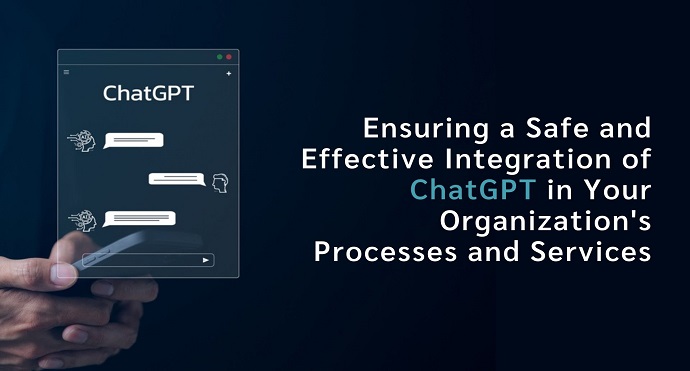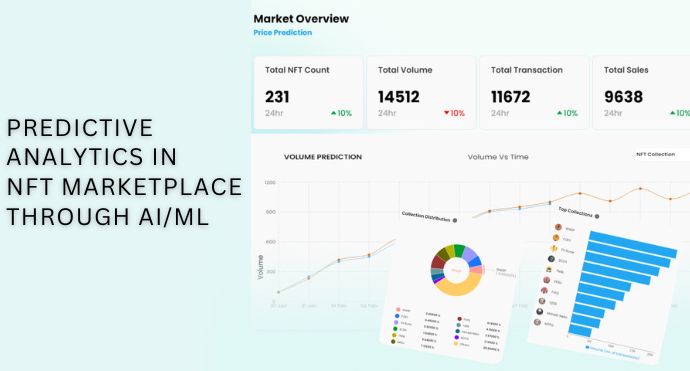As artificial intelligence (AI) continues to advance, integrating conversational AI models like ChatGPT into organizational processes and services has become increasingly popular. However, ensuring the safe and responsible integration of ChatGPT requires careful consideration of various factors. In this blog post, we will explore key steps to safely integrate ChatGPT into your organization’s processes and services while addressing potential challenges and highlighting best practices.
Clearly Define Use Cases and Objectives:
Before implementing ChatGPT, it is crucial to clearly define the specific use cases and objectives for its integration. Identify the areas where ChatGPT can provide value, such as customer support, content generation, or data analysis. Clearly outlining the goals will help guide the integration process and set realistic expectations.
Understand Ethical and Legal Considerations:
AI technologies come with ethical and legal considerations that must be addressed. Ensure compliance with relevant regulations, data protection laws, and privacy requirements. Understand the potential biases or risks associated with using ChatGPT and develop strategies to mitigate them. Implement safeguards to prevent the system from generating inappropriate, offensive, or misleading content.
Train and Fine-tune ChatGPT with Quality Data:
To enhance the performance and accuracy of ChatGPT, train and fine-tune the model with high-quality data. Use a diverse dataset that covers a broad range of topics and scenarios relevant to your organization. Ensure the dataset is properly curated, anonymized, and free of sensitive or private information. Consider involving domain experts to review and validate the training data.
Implement Robust Security Measures:
When integrating ChatGPT into your organization’s processes and services, prioritize security measures to protect sensitive information. Ensure secure data transmission between the system and the users. Implement user authentication mechanisms, encryption protocols, and access controls to prevent unauthorized access to ChatGPT and the underlying data.
Provide Transparent and Explainable AI:
Transparency and explainability are critical for building trust in AI systems. Provide clear guidelines to users about the capabilities and limitations of ChatGPT. Inform them when they are interacting with an AI system and make it easy for them to understand and interpret the responses they receive. Implement mechanisms to allow users to provide feedback and report any issues or concerns.
Continuous Monitoring and Maintenance:
Integration of ChatGPT is an ongoing process that requires continuous monitoring and maintenance. Regularly review and analyze the system’s performance, user feedback, and any potential biases or issues that may arise. Update and retrain the model periodically to ensure its accuracy and relevance. Stay updated with advancements in AI technology to leverage new features and improvements.
User Support and Training:
Ensure that users, both internal and external, are adequately supported and trained in interacting with ChatGPT. Provide clear instructions on how to use the system effectively and address common questions or concerns. Train your support staff to handle any unique situations that may arise during interactions with ChatGPT.
Conclusion:
Integrating ChatGPT into your organization’s processes and services can bring numerous benefits, but it requires a thoughtful and responsible approach. By clearly defining objectives, understanding ethical considerations, training the model with quality data, implementing robust security measures, providing transparency, and continuously monitoring and maintaining the system, you can safely integrate ChatGPT and unlock its potential to enhance your organization’s operations and customer experiences.



